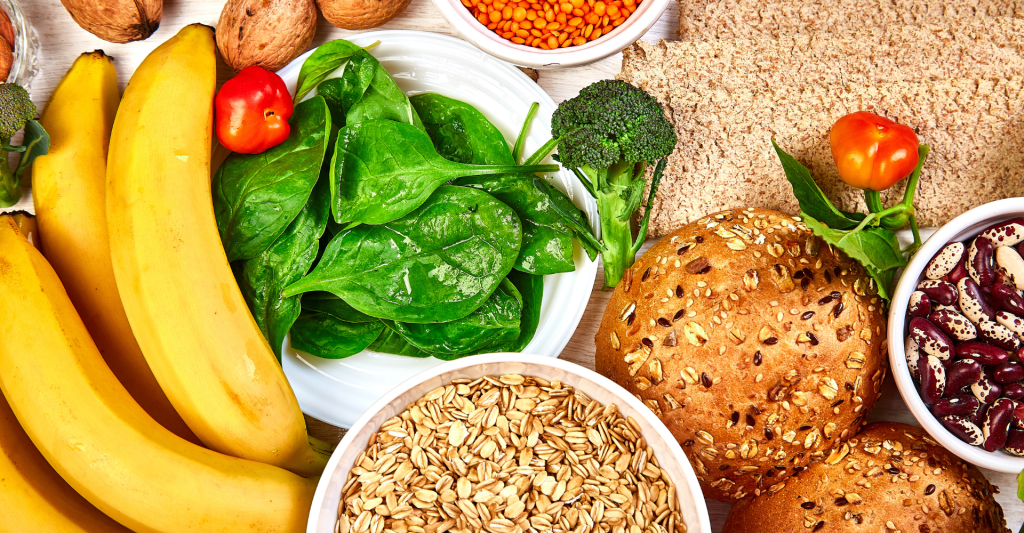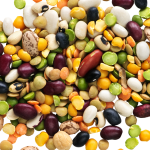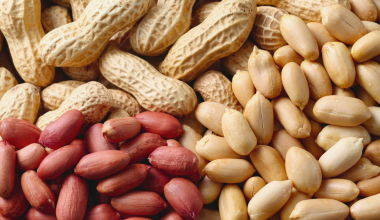Your liver is a workhorse. It performs over 500 functions such as regulating chemicals in the blood, metabolizing drugs or clearing the blood of poisonous substances, among many other things. During digestion it excretes bile which helps carry away waste and break down fats in the small intestine.
The liver must carry on relentlessly cleaning and filtering for decades. And while many people think that liver damage is only reserved for people who drink alcohol to excess, the fact is that eating a diet high in saturated fat and sugar can have the same effect on your liver as drinking too much alcohol.
Dietary choices, along with obesity and inactive lifestyles, are known to be a major risk factor for metabolic dysfunction-associated liver disease (MASLD) (formerly known as non-alcoholic fatty liver disease (NAFLD). Some health conditions creep up on you and are easy to miss when you don’t have a doctor looking out for you, let alone when you do, and this particular condition is a perfect example.
MASLD affects around 20 per cent of Canadians, and almost 3 per cent of Canadian children. According to a 2021 study, cases of MASLD are predicted to rise 20 per cent through 2030, while cirrhosis and liver cancer related to the disease are expected to see a 65 per cent increase in the next decade.
What is MASLD?
Metabolic dysfunction-associated liver disease is a liver condition that’s caused by factors other than excessive alcohol use. It’s characterized by fat buildup in the liver causing damage to the organ over time. With the number of people with obesity rising across the globe, it is now the most common form of liver disease in the world.
According to Dr. Frank Hu, professor of nutrition at the Harvard T.H. Chan School of Public Health, “Your liver metabolizes sugar the same way as alcohol, and converts dietary carbohydrates to fat.”
MASLD is often asymptomatic or presents with general symptoms such as fatigue, not feeling well or pain or discomfort in the upper right belly.
See here for an in-depth explanation of MASLD from the Canadian Liver Foundation:
The severity of MASLD ranges from fatty liver (hepatic steatosis) to a more severe form of disease known as metabolic dysfunction-associated steatohepatitis (MASH), formerly called non-alcoholic steatohepatitis (NASH).
If MASH develops, fat deposits in the liver cause it to swell and become damaged, which can progress to cirrhosis or even liver cancer.
See here for an in-depth explanation of MASH from the Canadian Liver Foundation:
See a doctor right away if you feel symptoms such as itchy skin, abdominal swelling, shortness of breath, swelling of the legs, spider-like blood vessels just beneath the skin’s surface, enlarged spleen, red palms and yellowing of the skin and eyes, or jaundice.
Emerging Research and Treatment
Why MASLD progresses to MASH in certain people and not others is still not understood by researchers, however scientists are learning more every year.
Genetics, metabolic changes, and changes to the gut microbiome are being studied as potential contributors to MASH along with immune system reactions, inflammatory chemicals, self-destruction of liver cells and free radicals.
Rezdiffra (resmetirom), the only medication developed to specifically treat NASH, was approved by the FDA in March 2024. It is not yet available in Canada. The Fatty Liver Alliance has created a petition to lobby the pharmaceutical company that created the drug to apply to Health Canada for the approval. See here for more information.
With lifestyle being the most relevant risk factor for non‐alcoholic fatty liver disease, emerging research is attempting to clarify how modifications to diet and exercise can help prevent or slow MASLD.
Prevention and Management
The most common cause of MASLD is obesity, therefore adopting a healthy lifestyle may help prevent or better manage liver disease. Some people may opt for weight-loss medication, however even with medication, eating healthy food, exercising, and keeping weight off for the long-term requires permanent lifestyle changes.
The average Canadian currently eats about 26 teaspoons of sugar a day, and consumes more than 10 per cent of their daily diet in saturated fats.
With scientists suggesting that women consume no more than 6 teaspoons and men 9 teaspoons of added sugar per day, along with reducing consumption of saturated fats to less than 6 per cent of total daily calories, some major lifestyle changes are needed.

Stay on top of your nutrition with The Health Insider’s Nutrition section.
Bookmark it today!
Reducing Sugar in Your Diet
If you don’t read food labels when you shop, it might be time. Unless you make your food from scratch, you should be investigating what is added to the food you buy.
Look for the following added sugar and try to either avoid, or cut back on the amount or frequency of consumption:
- brown sugar
- corn sweetener
- corn syrup
- fruit juice concentrates
- high-fructose corn syrup
- honey
- invert sugar
- malt sugar
- molasses
- syrup sugar molecules ending in “ose” (dextrose, fructose, glucose, lactose, maltose, sucrose).
Beverages are one of the most insidious sources of sugar. Keep track of the sugar included in any soft drinks, juice or energy drinks you consume, along with any drinks you add sweetener to, such as coffee or tea. Reduce as needed or eliminate sugary drinks entirely by replacing them with water and/or herbal tea.
Reducing Saturated Fats in Your Diet
Look for the following fats and try to cut back on saturated fats so that you’re only getting 6 per cent of your total daily calories from saturated fats. Here are some strategies that will help.
- While you’re checking out the sugar content on labels, also check out the fat. Compare and contrast amount of saturated fats by reading labels and choose the product with least saturated fat.
- Remove skin off poultry and other meats before cooking.
- Choose leaner cuts of meat and select pre-ground meats with 90-95% fat
- Remove cured deli meats such as bacon (sadly, yes, bacon has to go) salami, pepperoni, bologna from your diet with healthier options such as tuna, salmon, or skinless baked chicken.
- Instead of frying foods with butter or palm oils, or deep frying in peanut oil, try baking or sautéing foods in olive oil, avocado oil, or canola oil.
- Try to reduce the use of butter in dishes by adding spices, herbs, and aromatics to flavour your food.
- Think of spread options other than mayonnaise or butter such as Dijon mustard or mashed up avocado.
- Swap full-fat dairy with lower fat dairy or non-dairy alternatives, such as unsweetened almond or oat milk.
- To add creaminess to dishes, use low-fat plain yogurt instead of sour cream.
- Choose fresh fruit and low-fat yogurt for dessert or whip up a quick, two minute chia pudding for a different, healthy option.
Avoiding processed foods and making your food and drink from scratch is the best way to ensure you know exactly what you are consuming. Not everyone has the time or wherewithal to do this, so don’t feel pressured to suddenly become Martha Stewart.
Making permanent lifestyle changes is hard and it takes time, persistence, organization, support and most of all consistent effort.
~ Read more from The Health Insider ~
- The Affordable Superfood Canadians OverlookPacked with protein, fibre and key nutrients, beans are a budget-friendly way to boost health and support local farmers.
- Ozempic, Wegovy and Mounjaro Are Changing Our Food ChoicesAppetite-suppressing GLP-1 medications may be changing the way Canadians eat – Smaller appetites and healthier choices are impacting restaurants and the food supply sector in significant ways.
- Eat Your Way to a Healthier Heart with a Metabolic CoachFrom balancing blood sugar to reducing inflammation, Certified Metabolic Coaches help you use food as medicine for your heart and overall wellbeing.
- Fuel Your Mind: Low-Effort Healthy Eating for StudentsNo time to cook? Here’s how students can fuel focus and energy with quick, budget-friendly, no-cook meals.
- Unlock Garlic’s Superpowers With One Simple TrickGarlic is more than flavour—it’s medicine. Learn the simple prep trick that unlocks its full health benefits, from heart to brain to immune support.
- Do This Simple At-Home Mushroom Trick To Boost Your Vitamin DTanning your mushrooms can add over 1,000 IU of vitamin D in just 30 minutes. That’s the same as most supplements deliver in one pill.
The information provided on TheHealthInsider.ca is for educational purposes only and does not substitute for professional medical advice. TheHealthInsider.ca advises consulting a medical professional or healthcare provider when seeking medical advice, diagnoses, or treatment. To read about our editorial review process click here.
















